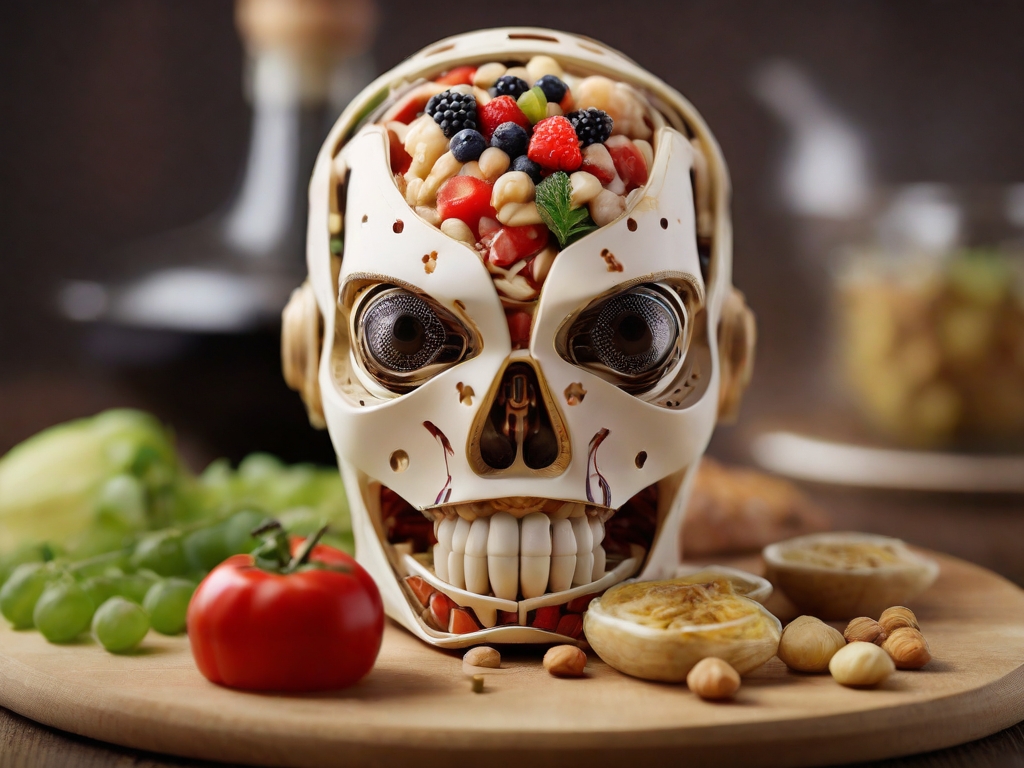A recent study published in Food Quality and Preference sheds light on the intriguing dynamics between consumers’ perceptions and the rise of AI-generated food imagery. Researchers investigated the appeal of AI-generated versus real food images and explored how labeling influences consumer preferences.
Participants successfully distinguish between AI-generated and real food images.
In the first phase of the study, participants demonstrated a notable ability to differentiate between authentic and AI-generated food photographs. Particularly, when utilizing a joint evaluation mode, participants excelled in identifying AI-generated images. This method capitalizes on General Evaluability Theory, allowing individuals to leverage image features for more accurate evaluations.
Interestingly, recognition rates were higher for ultra-processed foods (UPFs), likely due to the conspicuous artificiality introduced by AI modifications. Despite lifelong exposure to real food, participants still struggled to identify AI-generated images, with recognition rates consistently lower than for authentic ones. Moreover, the study found that age inversely correlated with the ability to differentiate between AI-generated and real images, indicating a generational difference in perception.
Labeling influences the perceived appeal of food images
The second phase of the study focused on the impact of labeling on participants’ preferences for food images. Without disclosure, AI-generated images were consistently rated more appealing than authentic ones. However, when informed of the image’s nature, participants tended to favor real photos, regardless of the actual content.
In cases where participants were deceived or unaware of the image’s origin, AI-generated images of unprocessed foods garnered higher appeal. Conversely, in the “informed” condition, authentic images were deemed more tasty than their AI-generated counterparts. These findings underscore the importance of transparent labeling in digital food marketing to align consumer expectations with reality.
Implications for marketers and industry
While the study highlights opportunities for marketers and the food industry to leverage AI-generated imagery, it also raises concerns about the potential worsening of ‘visual hunger.’ This phenomenon, wherein viewing food images triggers appetite and cravings, could contribute to unhealthy eating behaviors if not addressed.
To mitigate these risks, clear disclosure of the image’s origin is crucial. By informing consumers whether an image is AI-generated or authentic, businesses can establish trust and manage expectations effectively. However, the study acknowledges the need for further research to explore the complex interplay between human responses and technological innovation in digital food marketing.
Future directions in research
Future research should delve into the impact of emotional connections, particularly with “comfort foods,” on the acceptance of digital content. Understanding how cultural and gender differences influence perceptions of comfort foods will be essential for global marketing strategies. Additionally, exploring the role of food aromas in shaping perceptions of naturalness presents a promising avenue for investigation.
The study offers valuable insights into the evolving landscape of food imagery and consumer perceptions in the digital age. By addressing the nuanced relationship between AI-generated images and consumer preferences, businesses can better navigate the challenges and opportunities presented by technological innovation in marketing.
Overall, the findings underscore the importance of transparency and ethical considerations in digital marketing practices, urging stakeholders to prioritize consumer trust and well-being in their strategies.
